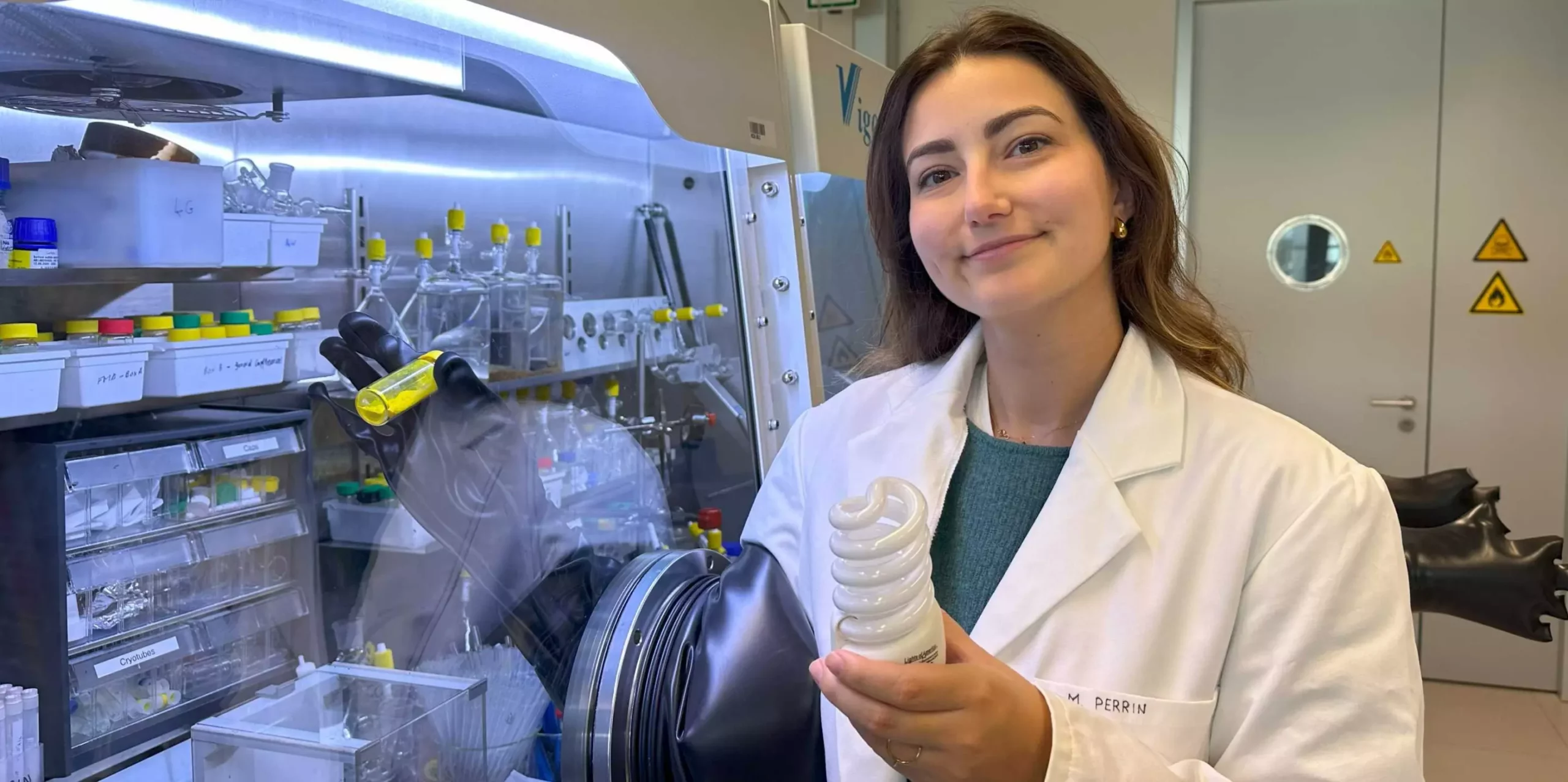While the term “rare earth metals” conjures up images of scarcity, the reality is that these elements are not nearly as rare as their name suggests. Comprising 17 distinct metals, they are vital components in a host of modern technologies—from smartphones to wind turbines. The burgeoning demand for these metals stems directly from the digital revolution and the global shift towards renewable energy. Ironically, despite their name, these essential materials are often more accessible in theory than in practice, particularly for economies heavily reliant on imports, like those in Europe. As most of these metals are sourced from China, the geopolitical implications of such dependence make their extraction and refinement crucial to national interests.
The Extraction Dilemma
The extraction process for rare earth metals is fraught with challenges. These metals typically exist in compound forms within ores and share similar chemical properties, making separation a daunting task. Traditional extraction methods are not only complex but also result in significant environmental degradation due to the intensive chemical processes involved. As Victor Mougel from ETH Zurich underscores, the recycling of these elements is alarmingly low in Europe. Presently, a mere fraction of rare earth metals finds its way back into the economy, raising questions about sustainability and environmental responsibility.
The situation is exacerbated by the energy-intensive nature of current methods, which often require numerous steps to achieve a usable form of the metals. As demand for these resources increases, so too does the urgency for a green and efficient method of extraction and recovery.
A Breakthrough in Recycling Technology
Addressing these challenges is a team of researchers led by Mougel, who recently published a groundbreaking study in *Nature Communications*. They have unveiled an innovative method for separating europium, one of the rare earth metals, from complex mixtures. The strategy is rooted in the utilization of tetrathiometallates—a class of inorganic molecules notable for their unique bonding capabilities. These molecules have potential applications ranging from biotechnology to materials science, but their newfound role in metal separation could revolutionize the recycling landscape.
Marie Perrin, a doctoral student in Mougel’s lab, highlights that traditional methods often relied on hundreds of steps, making recycling impractical. The introduction of tetrathiometallates simplifies this process significantly, allowing for much more efficient recovery of europium. This not only has the potential to yield metal quantities unprecedented in previous methods, but also paves the way for these processes to be directly applied to electronic waste.
The Urban Mine Concept
The notion of urban mining plays a pivotal role in the discourse on rare earth metals. Electronic waste is a treasure trove of recoverable materials that remains largely untapped. Europe, and particularly Switzerland, could potentially revolutionize its rare earth metal recovery processes by repurposing items like discarded fluorescent lamps that are rich in valuable materials such as europium. Mougel mentions that the current practice of landfilling this waste overseas could be countered with localized recycling programs, turning waste into a functional resource.
As the demand for europium has fluctuated with the phasing out of traditional fluorescent lamps, the urgency to recover these materials has intensified. With fluorescent lamp waste containing up to 17 times more rare earth metals than natural ores, leveraging this untapped resource could significantly bolster local economies while reducing reliance on foreign imports.
Challenges Ahead: A Call for Action
Despite the promising advancements, the path towards more efficient recycling of rare earth metals is not without challenges. Currently, the recovery rate of these elements in the European Union remains alarmingly low—below one percent. This statistic is indicative of a larger systemic issue concerning resource management and the need for sustainable practices. As researchers like Mougel and Perrin adapt their methods to extend beyond europium to include other crucial metals like neodymium and dysprosium, the focus remains clearly on recycling rather than primary extraction.
The researchers’ commitment to creating a startup, REEcover, signals a proactive approach to commercializing their technology. If successful, this endeavor could set a benchmark for future efforts towards sustainable extraction techniques, illustrating a profound shift in how we think about resources. As we move further into a technologically driven future, it is imperative that we embrace innovative solutions that facilitate the circular economy of rare earth metals, ensuring their availability for future generations while minimizing ecological damage.
By fundamentally transforming how we recover and utilize rare earth metals, we not only mitigate environmental impacts, but we also empower local economies to thrive. The urgency of this endeavor cannot be overstated, as the implications extend far beyond economics into broader themes of sustainability and environmental stewardship. As the world turns its focus to cleaner energy and technological progress, our methods for sourcing materials must evolve accordingly—creating a balanced approach that prioritizes both innovation and sustainability.


Leave a Reply